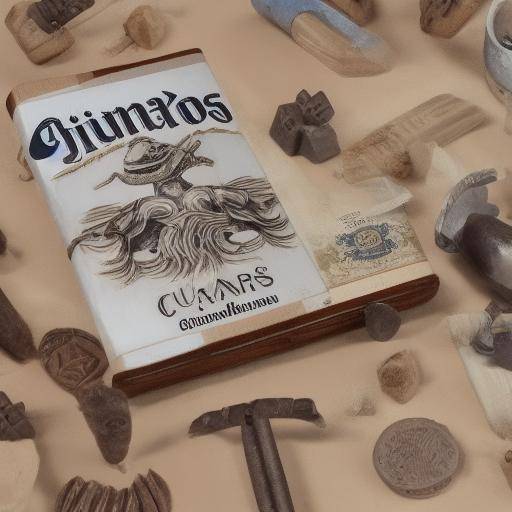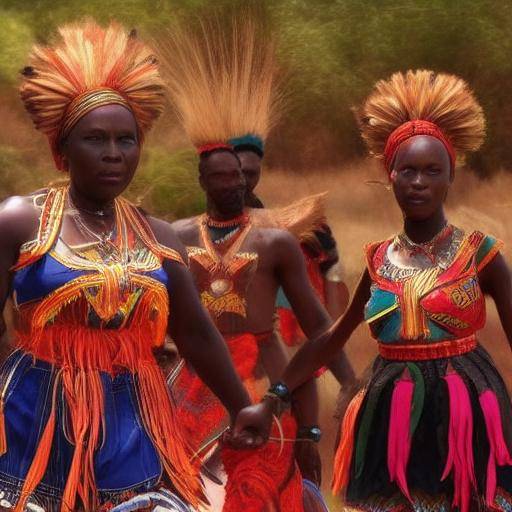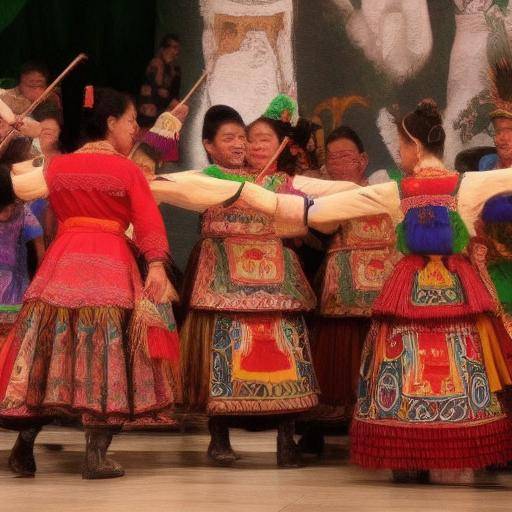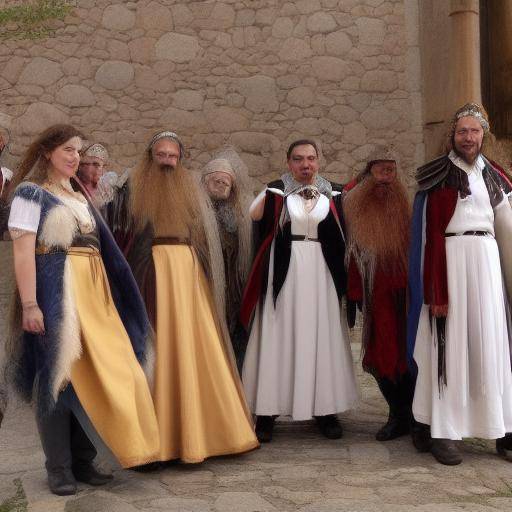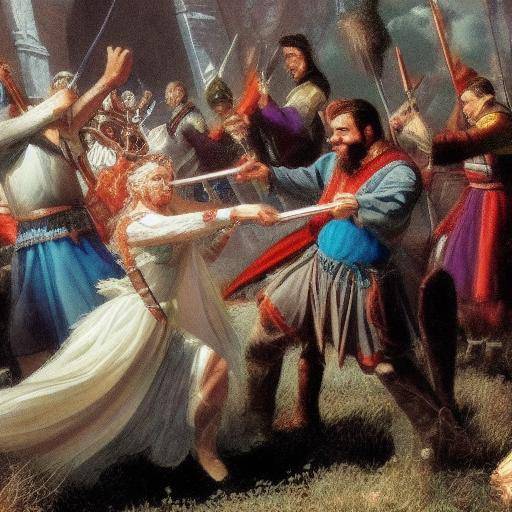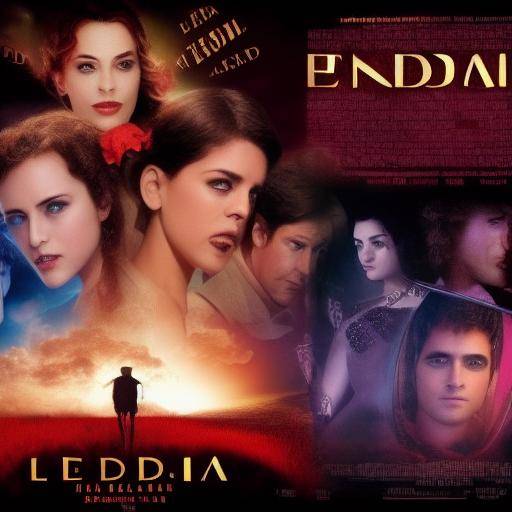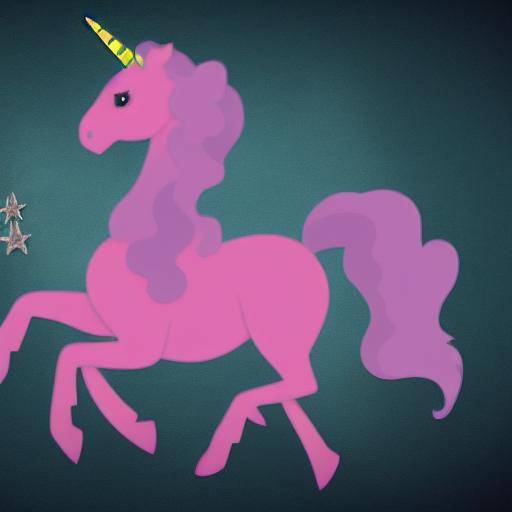
The unicorns have been part of the legends and mythologies of various cultures throughout history. These magical creatures have captured the imagination of people of all ages, becoming symbols of purity, grace and strength. In this article, we will explore the fascinating history of the unicorns, their presence in different mythological beings, as well as the various legends surrounding them. From its origins in antiquity to its influence on contemporary popular culture, we will discover the secrets and curiosities that surround these enigmatic creatures.
Introduction
From the pages of storybooks to movie screens, the unicorns have left an indelible mark on the collective imagination. Over the centuries, they have been represented as magical and majestic beings, endowed with a horn on the forehead and an incomparable grace. However, beyond their physical appearance, the unicorns have been the focus of numerous legends and myths that have endured over time, making them one of the most enigmatic creatures of global mythology.
In this article, we will enter the fascinating world of the unicorns, exploring their presence in different cultures, the beliefs they have generated throughout history, as well as their influence on literature, art and popular culture. Join us on this journey through myths and legends that have turned the unicorn into symbols of beauty and mystery.
History and Background
The unicorns have their origins in the ancient mythologies of diverse cultures around the world. From the epopeyas of ancient Greece to the accounts of India and China, the image of the unicorn has transcended borders and endured through the centuries. In Greek mythology, unicorn was associated with purity and virginality, being a symbol of strength and grace. On the other hand, in Chinese mythology, the unicorn was considered a symbol of good luck and prosperity, associated with the arrival of a golden age.
Throughout history, the unicorn has been the subject of numerous artistic representations, from ancient cave paintings to the masterpieces of Renaissance painting. His presence in popular culture has been constant, inspiring from children's books to epic fantasy films.
In-Depth Analysis
The influence of the unicorns on popular culture has transcended generations, making them symbols of beauty and mysticism. Its image has been used in fashion, decoration and entertainment, being a recurring theme in the entertainment and marketing industry.
In addition, the unicorns have acquired a symbolic meaning in the spiritual and metaphysical realm, being associated with the search for inner truth and the connection with spirituality. His presence in religious iconography and esoteric literature has generated a constant interest in his symbolism and meaning in different cultures.
Comprehensive Examination
The study of the unicorns, mythological beings and legends gives us the opportunity to explore the deep roots of human imagination and the persistence of myths over time. By analyzing the impact of unicorns on culture and art, we can better understand how these mythical creatures have shaped our perception of the world and visual aesthetics.
The unicorns have served as a source of inspiration for artists, writers and creators of all ages, feeding the imagination and providing a point of connection with the magical and the supernatural. Likewise, its presence in popular legends and folk traditions offers us a unique view of the way that ancestral beliefs have endured in the collective imagination.
Comparative Analysis
Linking the similarities and differences between the unicorns, mythological beings and legends, we can appreciate the diversity of interpretations and meanings attributed to these entities in different cultures. While the unicorns are widely known for their purity and grace, other mythological beings may be associated with protection, wisdom or strength. Similarly, the legends surrounding these beings often reflect cultural values and moral teachings rooted in their respective communities.
The comparative study of the unicorns, mythological beings and legends invites us to reflect on how myths have been transmitted over time and adapted to different cultural contexts. It also gives us the opportunity to recognize the universality of certain themes and motives, as well as the richness of diversity in mythological traditions around the world.
Practical Tips and Actionable Advice
For those interested in exploring the fascinating world of unicorns, mythological beings and legends, it is advisable to immerse themselves in the wide range of available sources, ranging from books and specialized essays to artistic exhibitions and cultural events. The exploration of these topics can enrich the understanding of the mythological legacy and its relevance in contemporary society.
In considering the inclusion of these mythical creatures in narrative or artistic creation, it is important to respect their cultural and symbolic meaning, as well as to explore their multiple interpretations and representations over time. Similarly, in analyzing the legends associated with the unicorns and other mythological beings, it is fundamental to contextualize them within their respective cultural traditions, recognizing the teachings and values they transmit.
Industry Insights and Expert Opinions
The influence of the unicorns, mythological beings and legends in the entertainment industry, the media and the marketing has been significant, promoting the creation of products and contents that incorporate these elements to connect with audiences of all ages. The appreciation of the symbolic and cultural wealth of the unicorns and other mythological beings can enrich the creation of contemporary narratives and works of art that resonate with the public.
Case Studies and Real-Life Applications
An outstanding example of the cultural impact of the unicorns is their presence in the fantastic literature and contemporary popular culture. From classic fantasy novels to the most recent cinematic adaptations, the unicorns have been represented in diverse forms, showing their continued influence on artistic creation and collective imagination.
Future Trends and Predictions
As the unicorns continue to captivate the public's imagination in the digital era, they are likely to continue to play a relevant role in creating multimedia content and entertainment experiences. In addition, its influence on fashion, decoration and product design could remain in force, adapting to contemporary trends and market demands.
Conclusion
In conclusion, the unicorns, mythological beings and legends have left an indelible mark in the history of humanity, transcending times and borders to become iconic elements of human imagination. Their presence in cultures around the world reminds us of the ability of stories to transcend generations, inspiring creativity and nourishing the search for meaning in our lives.
Exploring the world of unicorns, mythological beings and legends allows us to enter into the rich upholstery of humanity, discovering deep connections between cultures and beliefs that have endured over time. Beyond their existence in fantasy and mythology, the unicorns invite us to reflect on the universal nature of myths and their lasting influence in our understanding of the world.
FAQs
What is the historical origin of the unicorns?
The concept of the unicorns dates back to the ancient mythologies, with representations dating from the antiquity. References have been found to similar creatures in various cultures, suggesting that the idea of the unicorns has been present in different societies throughout history.
What is the symbolism associated with unicorns in different cultures?
In western mythology, unicorns are often associated with purity, virginity and grace. In other cultures, they can symbolize good luck, protection or spiritual connection. The symbolism of the unicorns varies widely and reflects the beliefs and values of the societies in which they are presented.
What popular legends include unicorns as main characters?
Among the best-known legends that include the unicorns is the story of the captured unicorn, as well as stories of its search for the pure maiden. These legends have been transmitted over generations and have enriched the folklore of multiple cultures.
What is the influence of the unicorns on contemporary culture?
Unicorns have gained popularity in contemporary culture through their presence in child literature, fantasy films, marketing products and fashion trends. His image has been used to represent fantasy, beauty and individuality, resonating with audiences of all ages.
How have the artistic representations of the unicorns evolved over time?
From ancient pictorial representations to contemporary interpretations in digital media, the artistic representations of the unicorns have evolved reflecting the artistic styles and aesthetic tendencies of each era. The image of the unicorns has been reinterpreted in countless ways, keeping its visual appeal over the centuries.
What impact do unicorns have on contemporary narrative?
The unicorns remain a source of inspiration for the creation of contemporary narratives in genres such as fantasy and youth literature. His presence in popular stories and fiction shows that they remain a relevant subject for writers and content creators today.
In short, the presence of the unicorns, mythological beings and legends throughout history demonstrates their lasting influence on human culture. Their symbolism, meaning and presence in art and literature invite us to explore the rich legacy of these magical creatures in the different cultures of the world.




